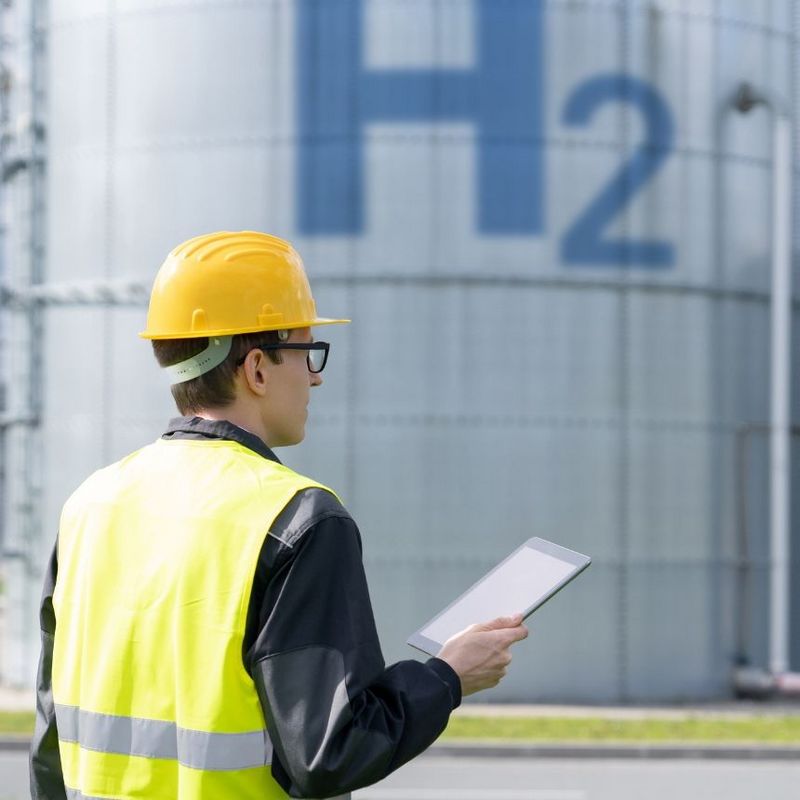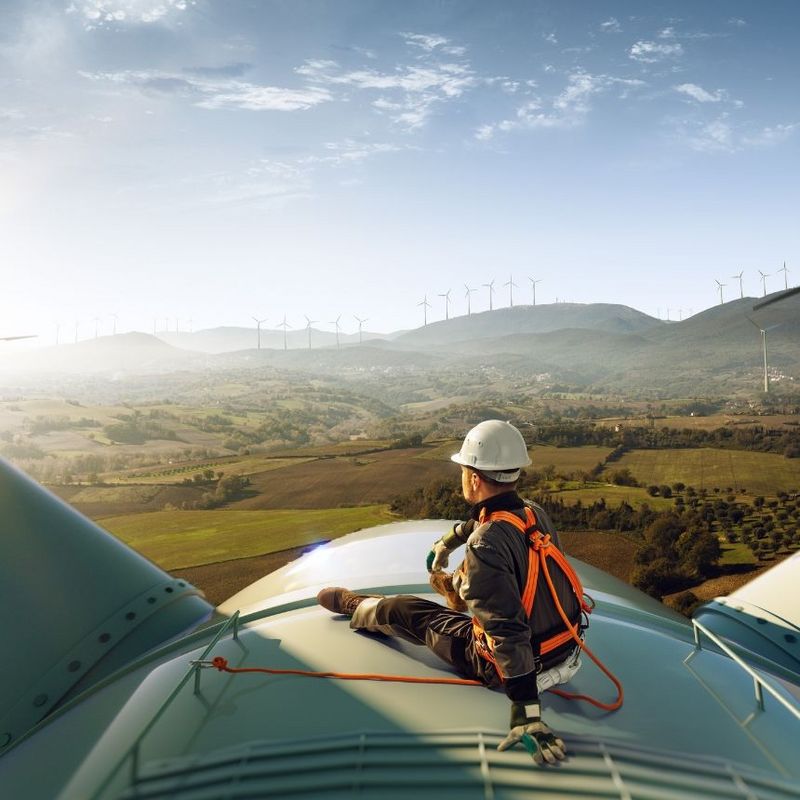8. June 2023
More and more people are switching to electric cars. And the number of heat pumps will also continue to rise. But are the local power grids sufficiently well equipped to cope with the extra load? To find out, we spoke to Malte Berghaus, Director of Power Grids at TÜV NORD.
#explore: The number of electric cars and heat pumps in Germany is growing relentlessly. What does this mean for the local power grids, Mr. Berghaus?
There’s no doubting the fact that the new consumers are increasing the local demand for electricity. In the case of electric cars, an increase of up to eleven percent per year is predicted, depending on growth and the existing local charging infrastructure. The German government aims to have at least 15 million all-electric cars on Germany’s roads by 2030. The current total is roughly one million.
As a result of the new Building Energy Act, the spread of heat pumps surge again – with all challenges that will entail for the electricity grids in individual residential districts. In 2022 alone, 53 percent more heat pumps were installed than in the previous year. By 2030, the number of heat pumps is expected to increase from the current level of around 1.4 million to six million.
#explore: How can and must the grids be upgraded for this additional load?
This will vary from case to case. In general, power grids are planned and built with certain reserves in mind. In the case of new housing estates, few or no adaptations tend to be necessary, in part because the houses on them are already equipped with modern heating systems. The situation is different in longer established areas, as their older grids are still designed for lower electricity requirements. Once you add electric cars and heat pumps to the mix, local power lines will have to be strengthened, and additional local substations may well also be needed. That the transmission grids need to be expanded is obvious.
Conventional large-scale power plants which run on coal or gas were built where the energy was needed. However, renewables are often not generated where the electricity from them is used. Which means, on the one hand, that new lines will have to be installed to bring the electricity from the windy north to the west or the south, for example. On the other hand, we’re going to have to connect a lot more electricity storage systems to the grid to compensate for the fluctuation in renewable supply.
About
Malte Berghaus is Director of Power Grids at TÜV NORD. The electrical engineer and his team are working on the integration of energy generated from various sources into the power grid and, among other things, are also supporting large industrial companies in their efforts to retrofit their grids.
#explore: What might such storage systems look like?
Alongside classic pumped storage power plants and modern battery storage systems, we’ll need new storage technologies from the hydrogen sector if we’re going to have any hope of creating the required capacities. Hydrogen can be produced directly in wind farms by electrolysis, for example from surplus electricity, and then used in industry or, if required, converted back into electricity. Existing gas pipelines, which may in some cases have to be converted, are available to transport the hydrogen to the storage facilities or to consumers. They can also be used for storage since, unlike electricity, hydrogen can be compressed. For example, we’re involved in a major model project in the Sauerland region in which an eleven-kilometre gas pipeline is going to be completely converted to carrying hydrogen. There’s also a project in Saxony-Anhalt in which 20 percent of hydrogen has been added to the local natural gas grid for the first time. One thing is clear: The energy transition can only be achieved through the interaction of different technological approaches. We’re therefore going to see a lot of storage systems and other technical solutions, each of which will carry out a different function in the power grid.
From 1.4 to six million by 2023: is there enough electricity in this country for such a large number of heat pumps?
What role can the smart grid play in this?
The idea of the smart grid is to coordinate generation, storage and consumption in the best possible way. In technical terms, this is already working well, at least on a small scale. In smaller local grids, some equipment such as local electricity storage systems or smart grid stations can already be used to efficiently take some of the pressure off the grid, so that no expansion is necessary. However, truly smart grids will only work at scale if significantly more electricity consumers, power generators, grid operators and storage operators communicate with each other in real time. Smart meters will play a central role in this. These digital electricity meters transmit the consumption figures to the grid operators and the electricity providers. They can also receive data, such as the current electricity price. Consumers should then be able to charge their electric cars or run their washing machines when the electricity price is particularly low due to a high proportion of renewables, which will also benefit grid stability. To date, the roll-out of smart meters has been quite slow. The German government wants to change this with a new law: By 2030, all households with an electricity consumption of more than 6,000 kilowatt hours per year or a solar power system with an output of more than seven kilowatts will need to be equipped with smart meters. As early as 2025, the idea is for all the electricity suppliers to offer dynamic tariffs so that households can use a smart meter to correlate their usage behaviour with times when electricity prices are low.
#explore: Are we making fast enough progress in grid expansion and conversion?
We still need to pick up the pace here. The planning and implementation of large-scale projects in Germany takes a relatively long time. The first “electricity highways”, i.e. high-voltage direct current transmission lines, are being planned and, in some cases, implemented. But it will be a few years before they are all built.
Smart meters are playing an increasingly important role in grid stability.
#explore: What is slowing down this process?
On the one hand, it’s our complicated planning laws. On the other, as with many large-scale projects, it’s always about the level of acceptance among the population. Many people realise that infrastructure measures of this sort are necessary. But when the converter station for such a power highway is to be built nearby or the power line is planned to run past your own village, then there’s always a lot of resistance. Many local authorities and residents prefer underground cables to electricity pylons, which makes the process even more expensive and technically complex. In the meantime, something has changed in terms of planning law: At the end of 2022 and the beginning of this year, the German government tabled two new pieces of legislation that are intended to accelerate grid expansion and streamline and shorten planning and approval procedures.
#explore: Where do things stand now with the energy transition?
30 years ago, no one would have believed that there would be days when up to 60 percent of domestic electricity in Germany would come from renewable energy sources. On the other hand, on windless nights no electricity is generated from renewables, which is something we have to balance out through storage. There is also a need for appropriate subsidies and other financial incentives for companies and private individuals to install storage systems that will ultimately also benefit grid stability. All in all, we’ve already achieved a lot, but at least as much again still remains to done! Of course, the energy system and the power grid can’t be remodelled within just a few years. These systems are far too complex for that, especially since we will have to rebuild them without taking them off line. This is and will remain a major challenge.






